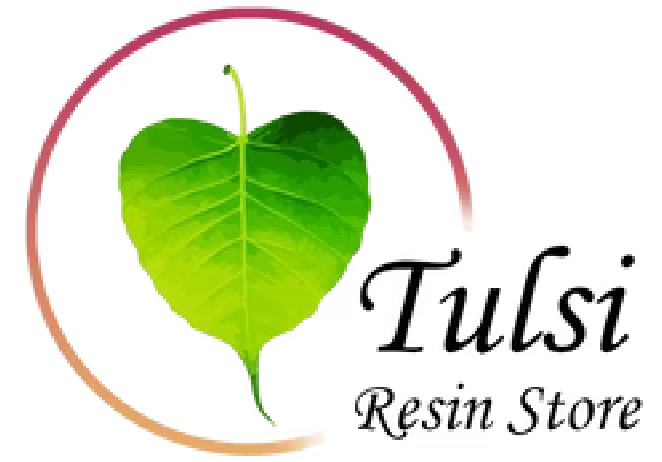If you grew up in India, you’ve probably seen cow dung cakes drying on walls or floors in some village. For years, gobar was simply a household utility, serving as fuel for chulhas, a coating for walls, or a quick disinfectant for mud floors. But now, it has stepped into a whole new spotlight. Villages across India are demonstrating that gobar art, or cow dung craft, can be sustainable, stylish, and profitable when guided in the right direction.
And what’s adding that magic twist? Silicone moulds.
Why This Shift Matters
Handmade gobar products were always part of our rural culture, but they had limitations. Shapes were uneven, production was slow, and buyers often dismissed them as “too rustic.” Yet, the demand for eco-friendly products has never been higher. Festivals, gifting, décor, even corporate events, everyone is looking for something that feels unique but also kind to the planet. That’s where cow dung craft is finally getting the respect it deserves.
The Power of a Simple Tool
Here’s the turning point. Earlier this year, we from Tulsi Resin sent 350 silicone moulds to different villages. These weren’t fancy machines, just durable moulds that artisans could use again and again. The change was almost instant. Women and community groups started creating diyas, coasters, figurines, nameplates, and decorative bowls out of cow dung, all with clean shapes and fine detailing.
One artisan told us that earlier she would spend nearly an hour shaping ten diyas by hand. With a cow dung mould, she could make fifty in the same time, and every single one looked identical. Suddenly, her products were not just handmade, but also market-ready.
Visible Impact
The moulds did more than just improve efficiency. They gave artisans confidence. Selling gobar art was no longer an “extra income if possible” idea. It became a proper craft business. Women who once thought of gobar as waste now proudly call it their raw material. Families that relied on daily wage work now see cow dung craft as a steady source of livelihood.
The stigma around gobar is breaking, too. When you see a beautifully crafted diya or a wall hanging made from cow dung, shaped with a proper mould, you don’t think “waste.” You think, “Wow, this is sustainable and smart.”
Tradition Meets Today
This movement is special because it bridges old traditions with new opportunities. Cow dung has always had cultural and spiritual value in India. Pairing that tradition with something as modern as silicone moulds gives gobar art a polished edge. A diya made this way still carries the earthy soul of the village, but it now fits right into an urban Diwali hamper or a corporate eco-gifting basket.
Wrapping It Up
The story of these 350 moulds is about more than craft. It’s about dignity, sustainability, and the power of small tools to create big change. By giving artisans a simple cow dung mould, we opened the door to a craft that is eco-friendly, deeply Indian, and surprisingly versatile.
At Tulsi Resin, it makes us proud to see our moulds being used not just for resin art but also for gobar art. From resin tables to cow dung diyas, creativity has no limits, and we’re here to make sure artisans have the tools to bring every idea to life.

Share:
Is it Safe to Work with Epoxy Resin and Acrylic Paints?
Can I Reuse the Same Mould for Both Resin and Wax Candles?